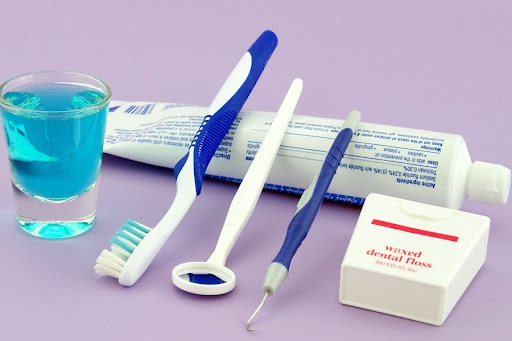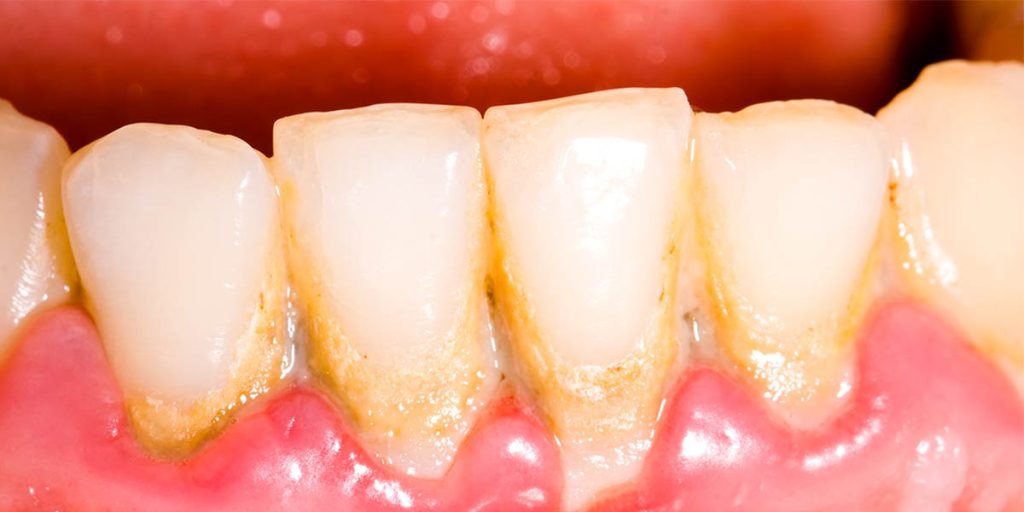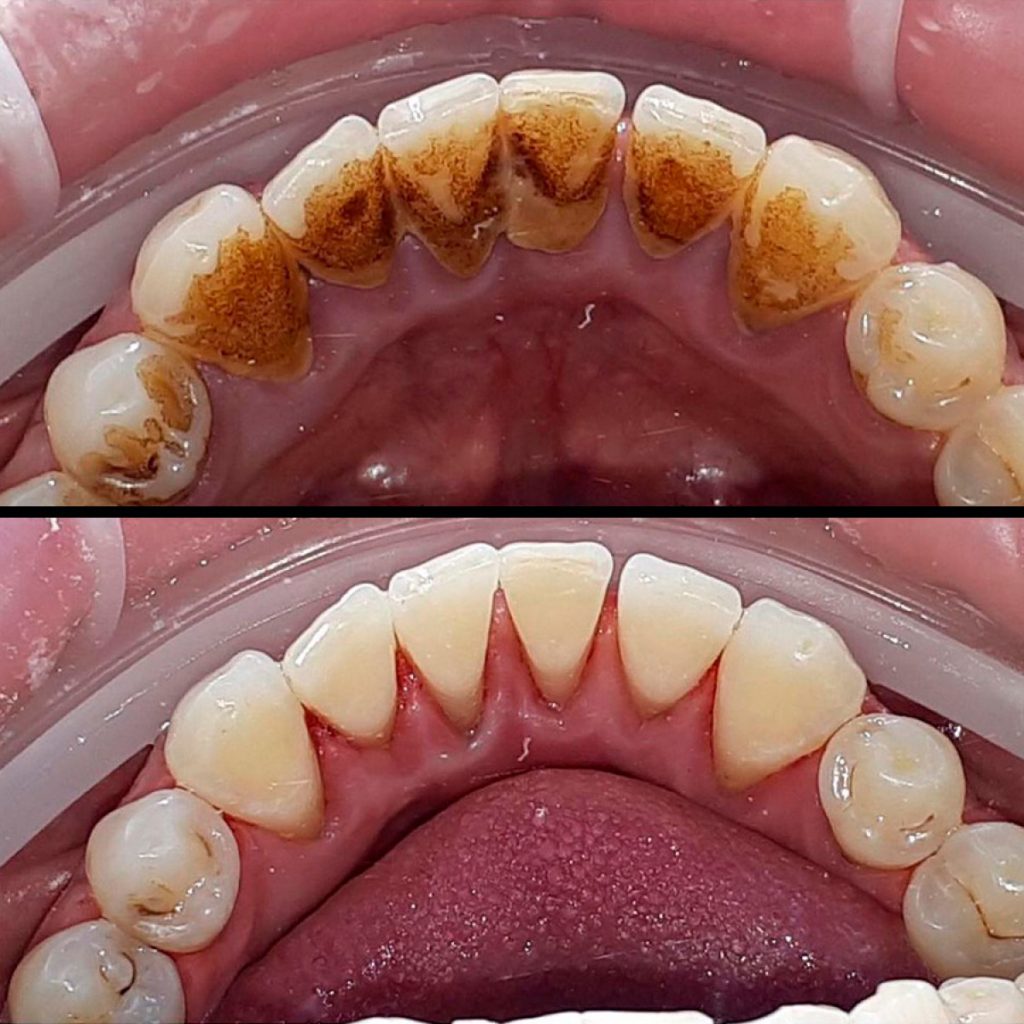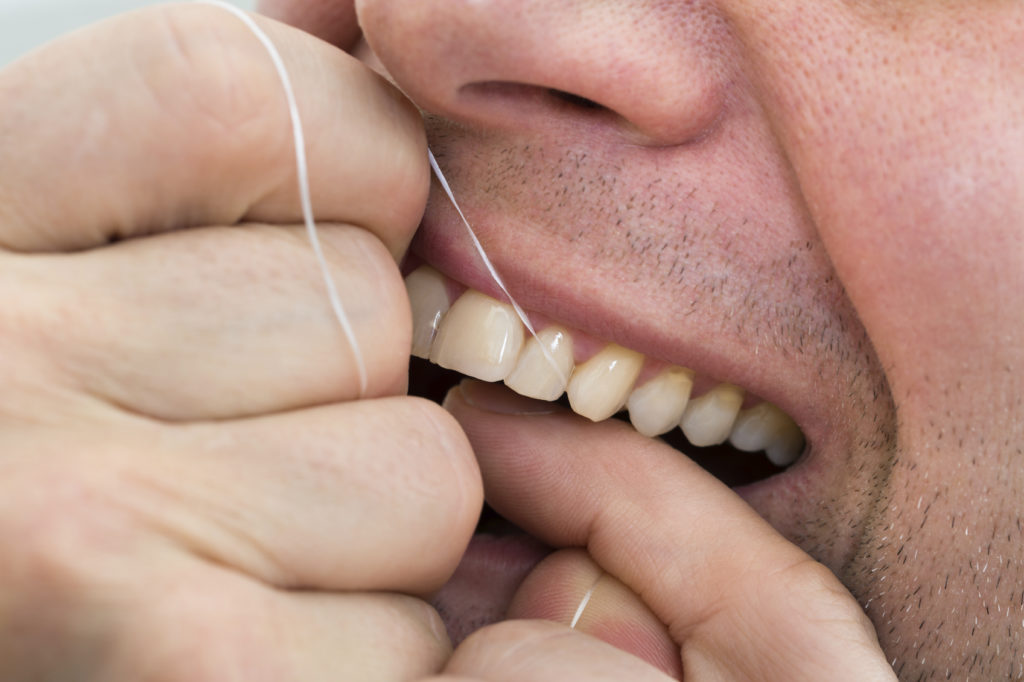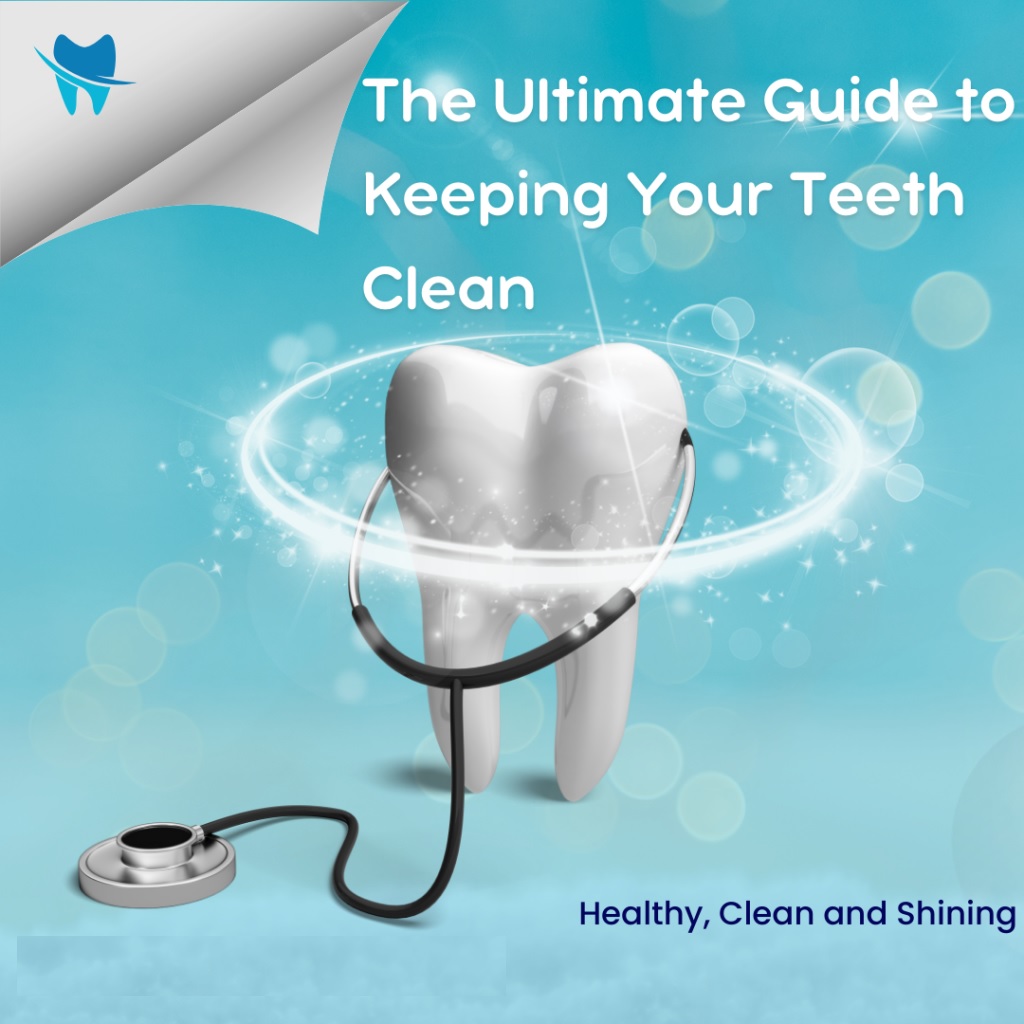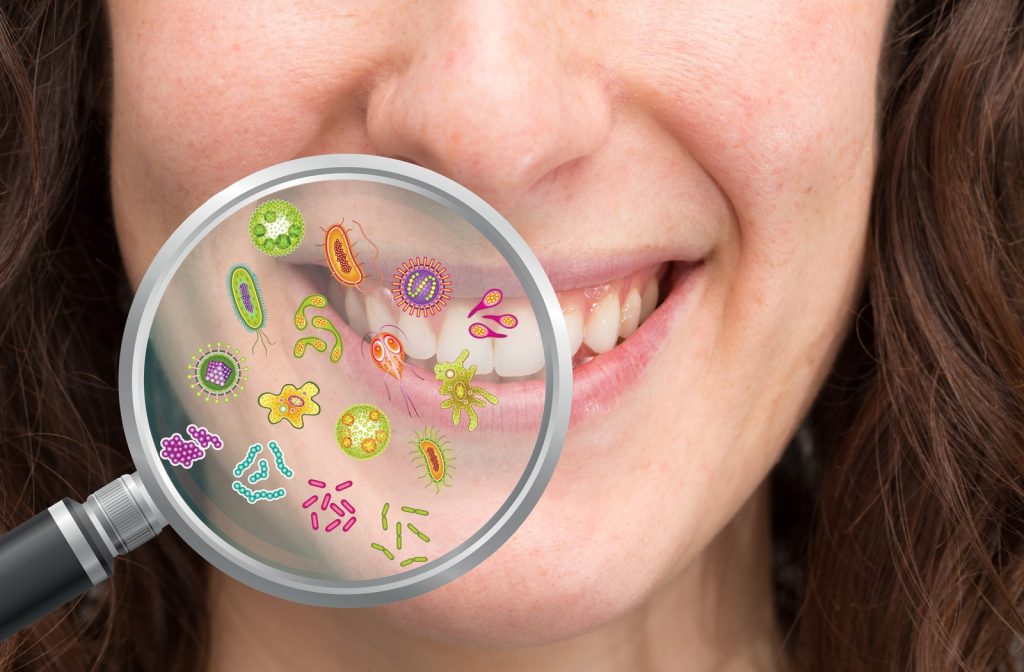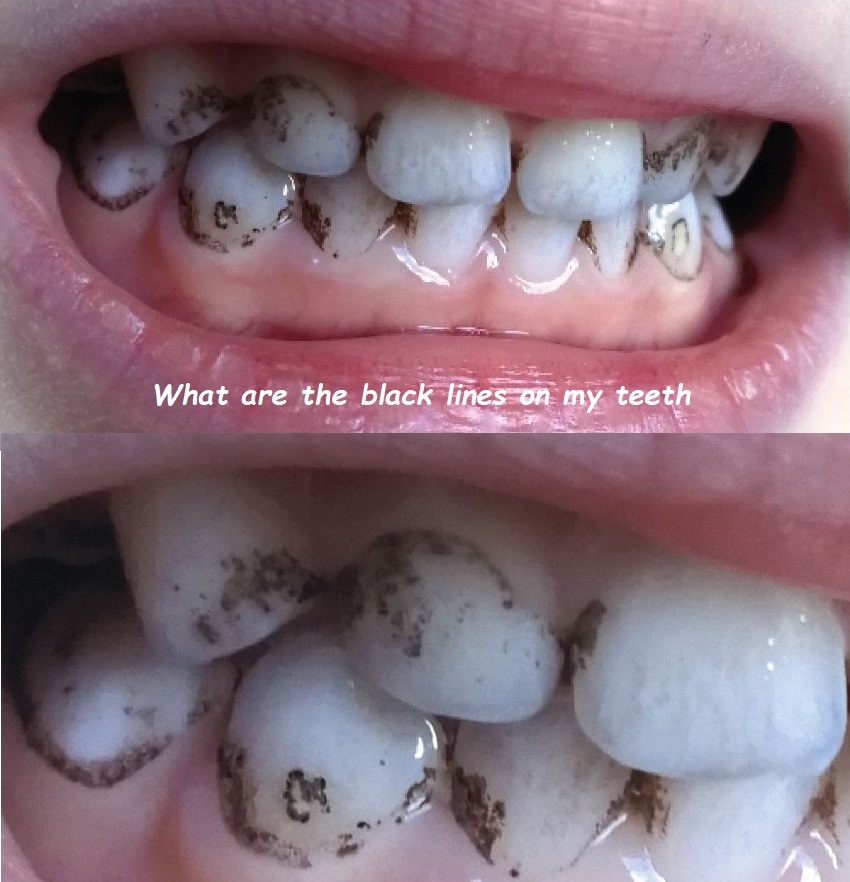best purple toothpaste
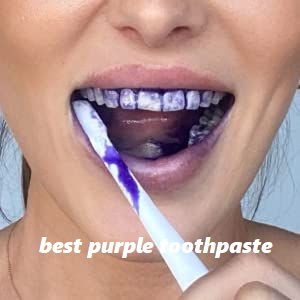
Oral hygiene is an integral part of our daily routine, and choosing the right toothpaste is crucial for maintaining a healthy and bright smile. Among the myriad of options available, purple toothpaste has gained popularity for its unique benefits and appealing aesthetics. This comprehensive guide will delve into everything you need to know about the best purple toothpaste, including its benefits, ingredients, popular brands, and tips for selecting the perfect one for your needs.
What is Purple Toothpaste?
Purple toothpaste stands out due to its distinctive color, which is not just for show. It often contains special ingredients designed to enhance oral health in ways that traditional white or striped toothpastes might not. The best purple toothpaste formulations often include advanced whitening agents, unique flavor profiles, and specialized compounds to target specific dental issues.
Benefits of Using the Best Purple Toothpaste
- Whitening Power: Many of the best purple toothpastes are formulated with whitening agents that help remove surface stains and brighten your smile. These toothpastes often contain gentle abrasives and enzymes that break down stains without damaging enamel.
- Fresh Breath: Purple toothpaste typically contains potent breath-freshening ingredients such as mint, clove, or eucalyptus. The vibrant color can also psychologically enhance the perception of freshness.
- Advanced Ingredients: Some of the best purple toothpastes include ingredients like activated charcoal, baking soda, or hydrogen peroxide, which offer superior cleaning and whitening effects.
- Aesthetic Appeal: The unique color can make brushing more fun, especially for children, encouraging better oral hygiene habits.
- Targeted Oral Health Benefits: Beyond whitening and fresh breath, the best purple toothpastes can also offer benefits like anti-cavity protection, gum health improvement, and sensitivity relief.
Key Ingredients in the Best Purple Toothpaste
Understanding the ingredients in your toothpaste is essential for making an informed choice. Here are some common ingredients found in the best purple toothpaste:
- Fluoride: This mineral strengthens tooth enamel and prevents cavities. It’s a staple in most toothpastes, including the best purple varieties.
- Hydrogen Peroxide: Known for its whitening properties, hydrogen peroxide is a key ingredient in many whitening toothpastes.
- Activated Charcoal: This ingredient is popular for its natural whitening capabilities and ability to remove stains and toxins from the mouth.
- Baking Soda: Sodium bicarbonate helps neutralize acids in the mouth and gently scrubs away stains.
- Essential Oils: Ingredients like peppermint, spearmint, and tea tree oil are often included for their antibacterial properties and ability to freshen breath.
- Enzymes: These proteins help break down food particles and plaque, enhancing the cleaning power of the toothpaste.
Top Brands Offering the Best Purple Toothpaste
- Crest 3D White Brilliance: Known for its advanced whitening formula, Crest 3D White Brilliance purple toothpaste combines hydrogen peroxide and fluoride to provide a powerful cleaning and whitening experience.
- Colgate Optic White: Colgate’s Optic White line includes a purple variant that offers excellent whitening benefits with a pleasant taste. It’s formulated with hydrogen peroxide for effective stain removal.
- Supersmile Professional Whitening Toothpaste: This high-end brand offers a purple toothpaste that uses Calprox, a proprietary ingredient, to gently whiten teeth and maintain enamel health.
- Beverly Hills Formula Perfect White Black Toothpaste: This purple toothpaste combines activated charcoal with advanced whitening agents to provide a deep clean and bright smile.
- Hismile V34 Colour Corrector: Known for its unique approach to whitening, this purple toothpaste uses color-correcting technology to instantly brighten teeth.
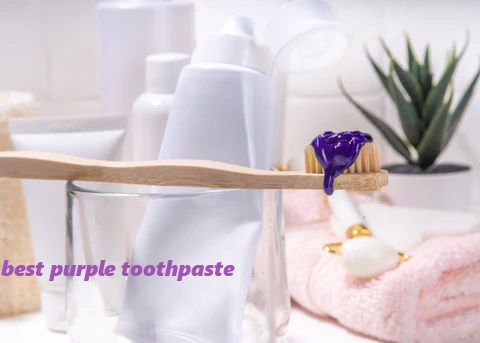
How to Choose the Best Purple Toothpaste
Selecting the best purple toothpaste depends on your specific needs and preferences. Here are some tips to help you make the right choice:
- Identify Your Needs: Determine what you want from your toothpaste. Are you looking for whitening, cavity protection, gum health, or fresh breath? Choose a toothpaste that addresses your primary concerns.
- Check the Ingredients: Look for key ingredients like fluoride, hydrogen peroxide, activated charcoal, or baking soda, depending on your needs. Avoid ingredients you might be allergic to.
- Consider Flavor: The taste of your toothpaste can impact how enjoyable your brushing experience is. Try to find a flavor you like, whether it’s minty, fruity, or something else.
- Read Reviews: Customer reviews can provide valuable insights into how effective a toothpaste is. Look for reviews that mention similar dental concerns to yours.
- Consult Your Dentist: If you have specific dental issues or concerns, it’s always a good idea to consult your dentist. They can recommend the best purple toothpaste for your needs.
Using the Best Purple Toothpaste for Optimal Results
To get the most out of your purple toothpaste, it’s essential to use it correctly. Here are some tips for optimal brushing:
- Use the Right Amount: A pea-sized amount of toothpaste is usually sufficient for adults. For children, a smaller amount (about the size of a grain of rice) is recommended.
- Brush Properly: Use a soft-bristled toothbrush and hold it at a 45-degree angle to your gums. Brush in gentle, circular motions for at least two minutes.
- Don’t Rush: Spend at least 30 seconds on each quadrant of your mouth to ensure thorough cleaning.
- Floss Daily: Brushing alone isn’t enough to remove all plaque and food particles. Flossing daily helps clean the spaces between your teeth.
- Rinse Your Mouth: After brushing, rinse your mouth with water or a mouthwash to remove any remaining toothpaste and debris.
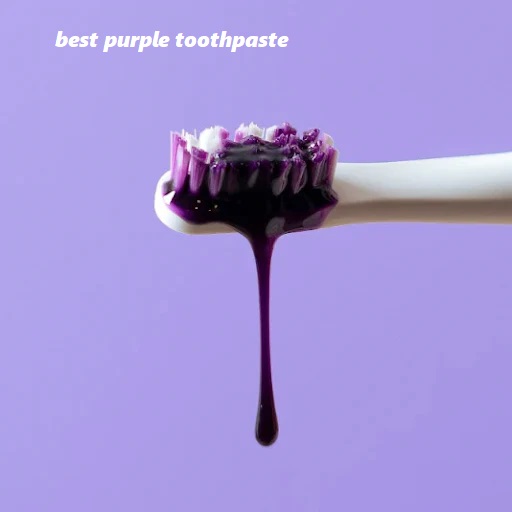
Frequently Asked Questions About Purple Toothpaste
- Is purple toothpaste safe for daily use?
Yes, the best purple toothpastes are formulated to be safe for daily use. They contain the same essential ingredients as traditional toothpastes, along with added benefits.
- Can purple toothpaste really whiten teeth?
Many purple toothpastes are formulated with whitening agents like hydrogen peroxide and activated charcoal, which can help remove surface stains and brighten teeth over time.
- Is purple toothpaste suitable for children?
Yes, there are purple toothpastes specifically formulated for children. Always check the label for age recommendations and ensure the toothpaste contains fluoride for cavity protection.
- How long does it take to see results from using purple toothpaste?
The time it takes to see results can vary depending on the toothpaste and your individual oral health. Generally, you may notice some whitening effects within a few weeks of regular use.
- Can I use purple toothpaste if I have sensitive teeth?
Yes, some purple toothpastes are formulated for sensitive teeth. Look for products that specifically mention sensitivity relief.
The Future of Purple Toothpaste
The dental care industry is continually evolving, and purple toothpaste is a testament to this innovation. As more people seek unique and effective oral care products, manufacturers are likely to develop even more advanced formulations. The future of purple toothpaste could include enhanced whitening technologies, more natural and organic ingredients, and even personalized formulations based on individual oral health needs.
Conclusion
In the quest for the best oral hygiene products, the best purple toothpaste stands out for its unique color, advanced formulations, and impressive benefits. Whether you’re looking to whiten your teeth, freshen your breath, or simply make brushing more enjoyable, there’s a purple toothpaste out there for you. By understanding the key ingredients, benefits, and how to choose the right product, you can make an informed decision and elevate your oral care routine. Remember to consult your dentist for personalized advice and enjoy the journey to a brighter, healthier smile with the best purple toothpaste.
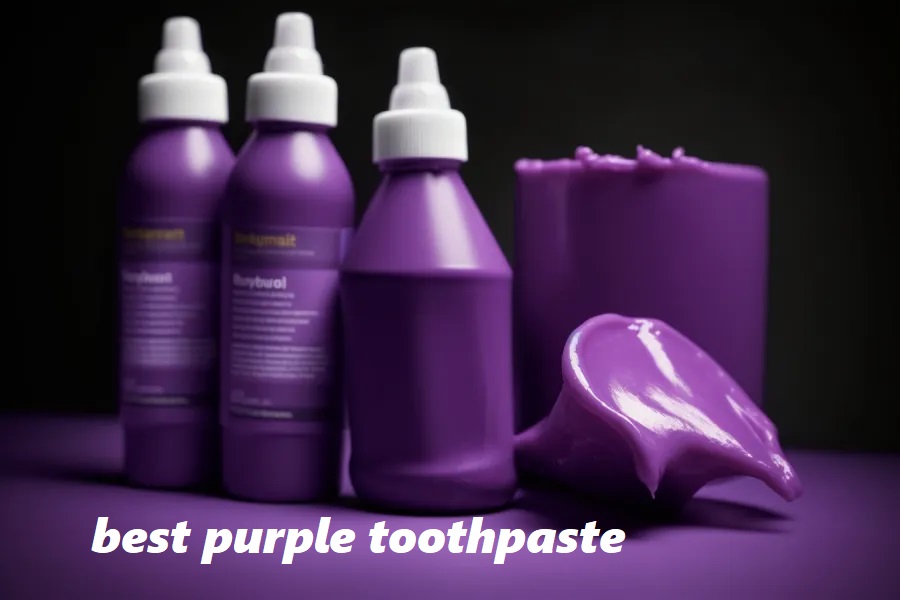
1. Does the purple toothpaste actually work?
Purple toothpaste, often marketed as a whitening product, can be effective to some extent. Here’s how it works:
- Surface Stain Removal: Purple toothpaste usually contains mild abrasives that help remove surface stains from teeth, caused by foods, beverages, and smoking.
- Optical Illusion: Some purple toothpastes use a color-correcting technology that can make teeth appear whiter temporarily. The purple hue can neutralize yellow tones, giving an immediate but short-lived whitening effect.
- Ingredients: Check the active ingredients. Some contain hydrogen peroxide or other whitening agents that can help with stain removal over time.
While purple toothpaste can help with surface stains and provide a temporary whitening effect, it may not be as effective as professional treatments for deeper or intrinsic discoloration.
2. Do dentists recommend purple toothpaste?
Dentists may recommend purple toothpaste as part of an overall oral hygiene routine, but with some considerations:
- Supplementary Use: Purple toothpaste can be used as an adjunct to regular brushing with fluoride toothpaste. It’s beneficial for removing surface stains and improving the appearance of teeth temporarily.
- Not a Replacement: It should not replace fluoride toothpaste, which is essential for cavity prevention and overall oral health.
- Consultation: Always consult with your dentist to determine if purple toothpaste is suitable for your specific needs and to ensure it complements your overall oral care routine.
Dentists may recommend it for patients looking for cosmetic improvements but will emphasize the importance of regular fluoride toothpaste for dental health.
3. What is the #1 recommended whitening toothpaste?
The top recommended whitening toothpaste often varies based on expert reviews and consumer preferences. However, some frequently recommended brands include:
- Crest 3D White: This toothpaste is widely praised for its effectiveness in removing surface stains and providing noticeable whitening results. It contains hydrogen peroxide and fluoride for both whitening and cavity protection.
- Colgate Optic White: Known for its strong stain-removal capabilities, this toothpaste contains hydrogen peroxide and is effective in enhancing the whiteness of teeth over time.
- Sensodyne Pronamel Gentle Whitening: Recommended for people with sensitive teeth, this toothpaste gently whitens while protecting enamel and providing relief from sensitivity.
These brands are commonly recommended by dentists for their proven effectiveness and safety in whitening teeth while maintaining overall oral health.
4. Can you use purple toothpaste every day?
Using purple toothpaste every day is generally safe, but there are a few considerations:
- Abrasiveness: Check the Relative Dentin Abrasivity (RDA) rating of the toothpaste. High abrasiveness can wear down enamel over time. Most reputable brands balance cleaning power with enamel safety.
- Complementary Use: It’s a good idea to alternate with regular fluoride toothpaste to ensure you get adequate fluoride for cavity prevention.
- Sensitivity: Some people may experience increased tooth sensitivity with daily use of whitening toothpastes. If you notice any discomfort, reduce the frequency or consult your dentist.
Incorporating purple toothpaste into your daily routine can be effective for maintaining whiter teeth, but ensure it complements a comprehensive oral care routine that includes fluoride toothpaste and regular dental check-ups.

